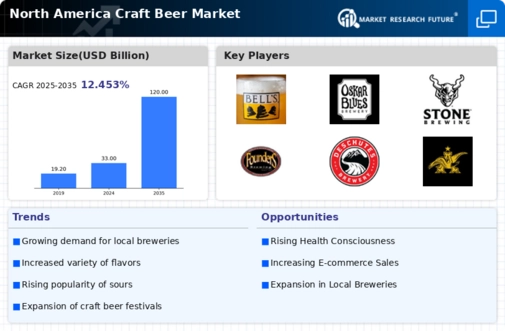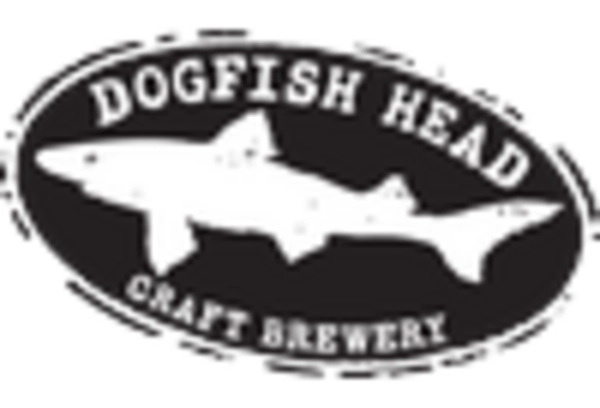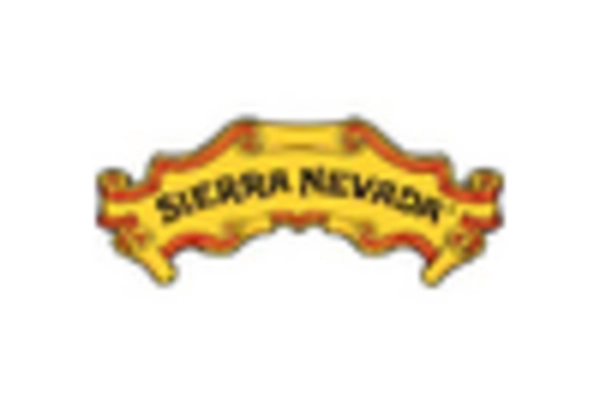Health and Wellness Trends
The craft beer market is adapting to the evolving health and wellness trends among consumers. As individuals become more health-conscious, there is a rising demand for low-calorie, gluten-free, and organic craft beer options. Recent surveys indicate that nearly 30% of craft beer drinkers are actively seeking healthier alternatives, prompting breweries to innovate their product lines. This shift not only caters to health-conscious consumers but also opens new market segments for craft breweries. By aligning with these wellness trends, the craft beer market is likely to expand its consumer base and enhance its appeal in an increasingly health-oriented marketplace.
Innovative Brewing Techniques
Innovation plays a crucial role in the craft beer market, as brewers experiment with new techniques and ingredients to create distinctive flavors. The adoption of advanced brewing technologies, such as fermentation control and barrel aging, has allowed craft breweries to produce high-quality beers that stand out in a competitive market. Data suggests that craft breweries utilizing innovative methods have seen sales growth of up to 15% annually. This focus on creativity not only attracts consumers but also encourages collaboration among brewers, leading to unique offerings that enhance the overall craft beer market. As the industry evolves, the emphasis on innovation is likely to remain a key driver.
Increased Availability of Craft Beer
The craft beer market is witnessing an expansion in distribution channels, making craft beers more accessible to consumers. Retailers, bars, and restaurants are increasingly featuring craft beers on their menus, reflecting a growing acceptance of these products. Recent statistics indicate that craft beer sales in North America have increased by over 20% in the past year, largely due to improved availability. This trend is further supported by the rise of online sales platforms, which allow consumers to purchase craft beers directly from breweries. As accessibility continues to improve, the craft beer market is poised for sustained growth, catering to a wider audience.
Growing Consumer Interest in Local Products
The craft beer market in North America is experiencing a notable shift towards local products, driven by consumers' increasing preference for locally sourced goods. This trend is reflected in the rise of microbreweries and regional breweries, which have seen a surge in popularity. According to recent data, approximately 25% of craft beer sales in North America are attributed to local breweries. This inclination towards local products not only supports local economies but also fosters a sense of community among consumers. As craft beer enthusiasts seek unique flavors and experiences, the demand for locally brewed options continues to grow, indicating a robust future for the craft beer market.
Cultural Shift Towards Craft Beer Appreciation
The craft beer market is benefiting from a cultural shift that embraces craft beer as a lifestyle choice. This change is characterized by an increasing number of beer festivals, tasting events, and educational workshops that promote craft beer appreciation. As consumers become more knowledgeable about brewing processes and flavor profiles, they are more likely to seek out craft beers over mass-produced alternatives. This cultural shift is reflected in the growing number of craft breweries, which has increased by approximately 10% annually in North America. The rising interest in craft beer culture suggests a promising future for the craft beer market, as it continues to attract new enthusiasts.


















Leave a Comment